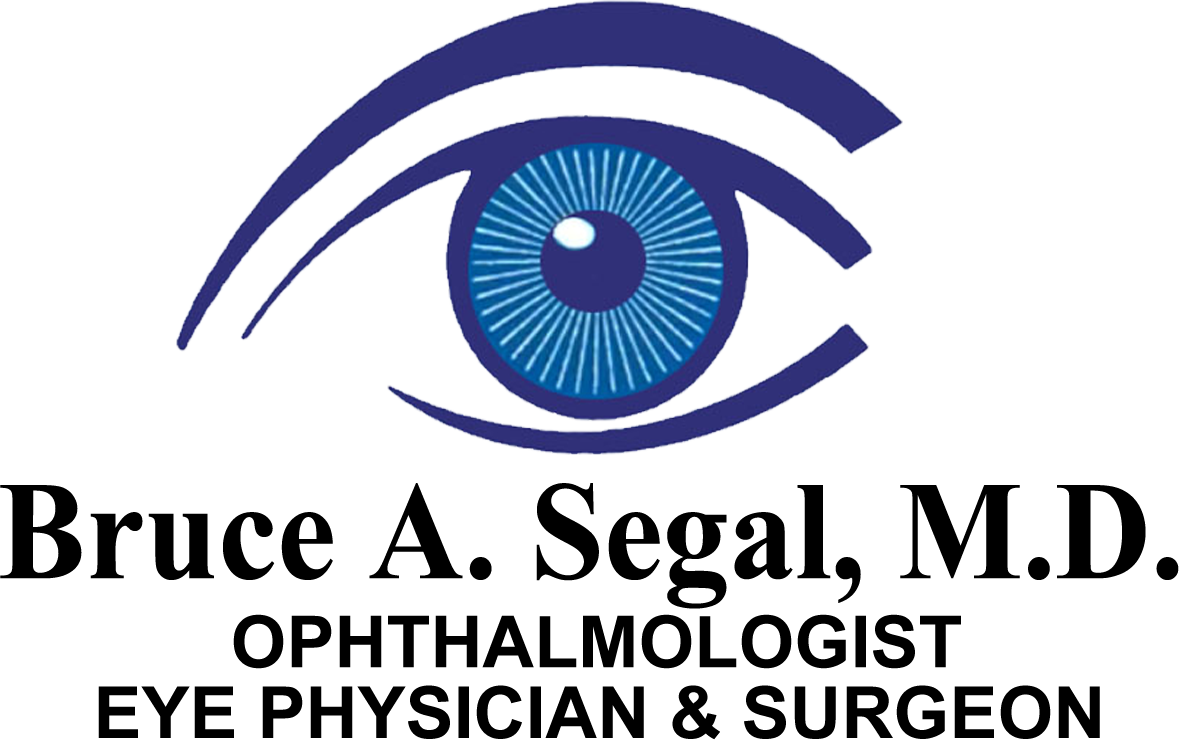REFRACTIVE ERRORS
NEARSIGHTEDNESS
Myopia is the medical term for “nearsightedness”. Twenty five percent of the world today is myopic. More than 70 million people in North America are nearsighted. Myopia occurs when an eye is too long for the cornea’s curvature. Light rays entering the eye do not come to a sharp focus on the retina at the back of the eye. Instead, they focus further forward, producing a blurred image.
The term “nearsighted” means that you can see “near” objects clearly without your glasses, but objects further in the distance are blurry. There are varying degrees of myopia or nearsightedness.
The more myopic you are, the more blurred objects appear in the distance, the higher your eyeglass prescription and the thicker your glasses.
Of all myopic people, about 90% have corrections less than -6.00 diopters.
The table below shows the categories of severity for myopia:
Mild Myopia less than 3.00 diopters
Moderate Myopia – 3.00 to – 6.00 diopters
Severe Myopia – 6.00 to – 9.00 diopters
Extreme Myopia greater than 9.00 diopters
Almost everyone feels that their myopia is severe, because of how dramatically dependent they are on glasses and contact lenses. However, only one in ten myopic people are actually in the severe and extreme categories. Cataract surgery can reduce or eliminate myopia, even high myopia, by selecting an appropriate powered lens implant.
FARSIGHTEDNESS
Hyperopia is the medical term for “farsightedness”. It occurs when an eye is too short for the cornea’s curvature. Light rays entering the eye try to focus behind the retina, and as a result a blurred image is produced.
Farsighted individuals, however, can use their focusing muscles to “pull” the image forward onto the retina. In a young person with severe hyperopia, or once presbyopia sets in around age 45, distant objects are seen more clearly than near objects. Cataract surgery can reduce or eliminate farsightedness, even extreme farsightedness, by selecting an appropriate powered lens implant.
ASTIGMATISM
Many patients with myopia have some degree of astigmatism, or ovalness to their corneas. It is the most common refractive condition, and occurs to some extent in most eyes. Astigmatism occurs when the cornea is shaped more like a football/rugby ball than a basketball. With astigmatism, different parts of the cornea have different focusing powers. As a result, patients with astigmatism experience distortion or tilting of images because of unequal bending of light rays entering the eye. Patients with high degrees of astigmatism have blurred vision not only for distant objects, as with myopia, but for near objects as well.
Astigmatism is measured in diopters. Of all myopic people, 50% or more have astigmatism as well. Most of these people have corrections of less than 1 diopter.
Astigmatism can be corrected at the time of cataract surgery using toric lens implants or limbal relaxing incisions on the cornea. The table below shows the categories of severity for astigmatism:
Mild Astigmatism less than 1.00 diopters
Moderate Astigmatism 1.00 to 2.00 diopters
Severe Astigmatism 2.00 to 3.00 diopters
Extreme Astigmatism greater than 3.00 diopters
PRESBYOPIA
Presbyopia is the normal process of aging, where the natural lens of the eye loses some of the flexibility that characterizes a younger eye. This usually occurs between ages 40-50. Everyone experiences presbyopia, some sooner, some later. Because of this normal process, nearsighted people begin to wear bifocals in their forties, and those who never needed glasses before may require reading glasses.
The Crystalens™ implanted during cataract surgery treats two problems. First the cloudy cataract will be replaced with a clear lens, restoring your sight. Second, the Crystalens™ treats presbyopia by flexing and changing focus at different distances. Patients who select the Crystalens™ are less dependant on eyeglasses after their surgery.
